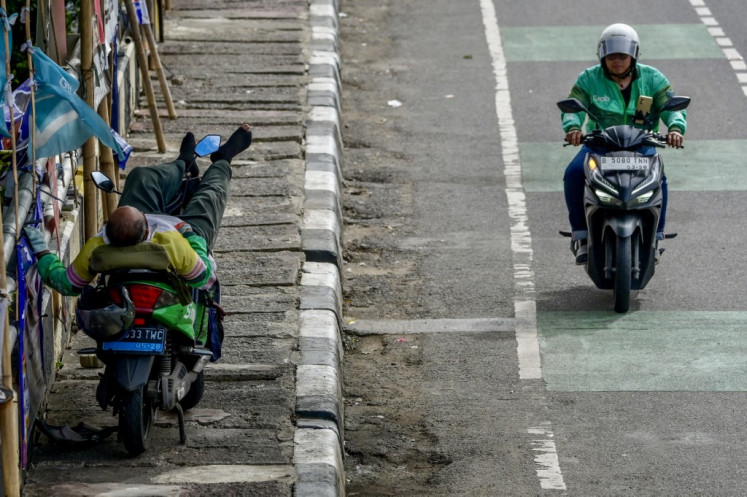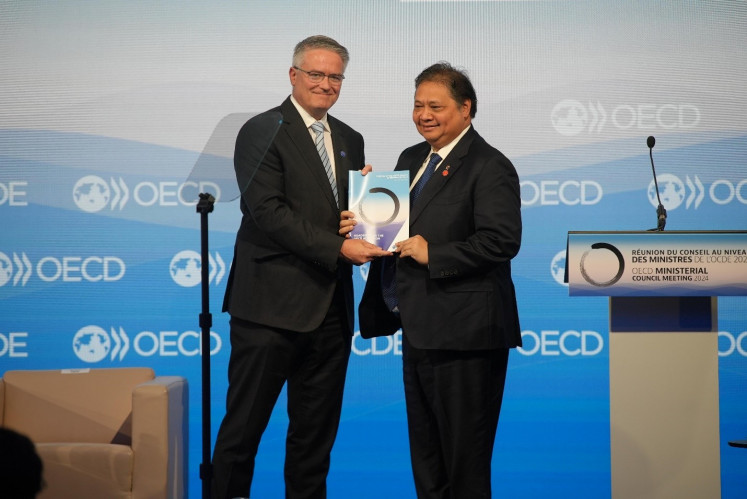Countering asymmetrical warfare
Symmetrical wars, such as World War I and II, are fought between conventional military forces, where both sides are organized in very much the same way, have largely the same (if opposing) purposes, and are waged by sovereign states (or groups seeking to gain or maintain control of state)
Change Size

S
ymmetrical wars, such as World War I and II, are fought between conventional military forces, where both sides are organized in very much the same way, have largely the same (if opposing) purposes, and are waged by sovereign states (or groups seeking to gain or maintain control of state).
These conflicts accept the same general conventions (or laws) with broad rules of engagement on proper and improper ways of conducting war (Snow, 2007).
In this regard, jus ad bellum refers to the justice of war. The justification for going to war and humanitarian law, or jus in bello, refers to the morality with which the war is fought and stresses the importance of fighting to such moralities.
Although styles and tactics have changed, conventional warfare has been conducted by mass armies, navies and air forces that are similarly organized and configured (wearing regular uniforms, organized in traditional rank orderings), and which follow Clausewitzian principles regarding the subordination of war to political purposes, and fighting as representatives of governments that are seeking to realize the interest of states.
Asymmetrical warfare, such as guerrilla warfare or terrorist operations or insurgencies, can be considered the opposite of symmetrical warfare. In this form of warfare one side fights conventionally, while the other side organizes itself differently, may or may not share the same objectives as its opponent, may or may not represent a government or a movement aspiring to become a government, and rejects the conventions or laws of warfare as adhered to by the conventional side.
Asymmetrical warfare as an approach to war is attractive to those who cannot compete using conventional methods and whose only chance for success requires changing the playing field. In other words, the only avenue to victory is to fight asymmetrically.
The report “Global Trends 2015: A Dialogue About the Future with Nongovernment Experts”, which was published by the US National Intelligence Council (NIC) in the year 2000, highlighted the possibility that the US would face asymmetric threats, in which state and non-state adversaries would avoid direct engagement with the US military but devise strategies, tactics and weapons some improved by “sidewise” technology — to minimize the US’ strengths and exploit perceived weaknesses.
The events of Sept. 11, 2001 proved that possibility and reintroduced the US to a form of warfare that it had already experienced in Vietnam nearly 40 years ago, and would try to engage with again shortly thereafter in Afghanistan and Iraq.
It is the expectation of civilized countries that the US and other superpowers will employ mixed symmetrical and asymmetrical warfare methods as a new strategy to counter unlawful asymmetrical warfare, and that this strategy is contradictory to the principles of international law, such as humanitarian law.
In terms of those principles, we are very concerned about several strategies and policies practiced by the US, which center firstly on the establishment of the Guantanamo Bay detention camp for enemy combatants in connection with the principle of habeas corpus, and controversial investigation methods including water boarding.
Second are concerns related to the practice of Preemptive Self-Defense employed unilaterally, without UN Security Council authorization for the use of force in accordance with Article 42 of the UN Charter, or that which is undertaken in self-defense solely when an armed attack occurs, based on Article 51 of the UN Charter. The customary right to self defense, in anticipation or otherwise, would therefore be valid when the requirements of necessity (something instant, imminent and immediate) and proportionality are fulfilled. (Richter, 2003).
Third are concerns regarding the use of unmanned aerial vehicle predator drones equipped with missiles to assassinate terror suspects, especially in Pakistan. Human Rights Council investigator Philip Alston (2010) demanded proof that the CIA program did not violate the international humanitarian law principles of discrimination, proportionality, necessity and precaution.
Fourth are concerns related to the implementation of the Proliferation Security Initiatives launched by the US to stop the trafficking of weapons of mass destruction from state or non-state actors, which violate international law guaranteeing the freedom of the seas and moreover were not initiated through a multilateral process, but rather a group of nations.
Whatever the methods of this mixed strategy, which aims to counter unlawful, asymmetrical warfare, and whether those be preemptive, preventive or coercive, they must comply with the values, norms and standards of international law, such as international conventions, international customs as evidence of a general practice accepted as law, the general principles of law recognized by civilized nations, judicial decisions and the teachings of the most highly qualified publicists of various nations (Article 38 of The Statute of the International Court of Justice).
The writer was governor of the National Resilience Institute (Lemhanas) from 2005-2011.









